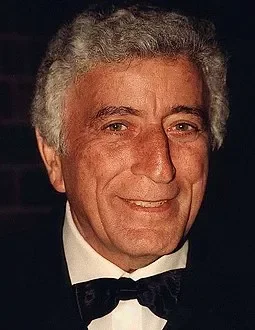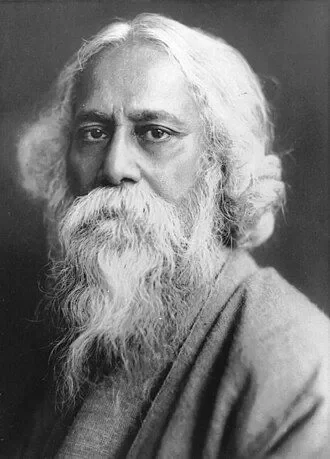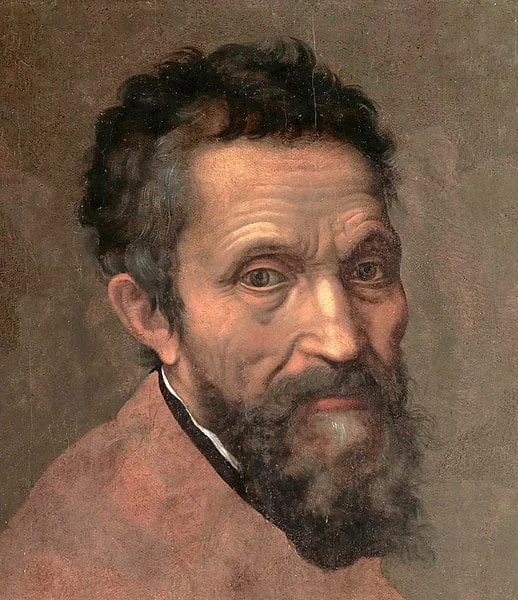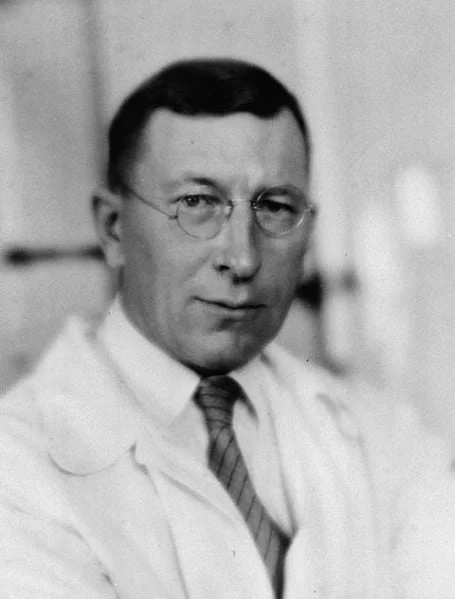Real Celebrities Never Die!
OR
Search For Past Celebrities Whose Birthday You Share
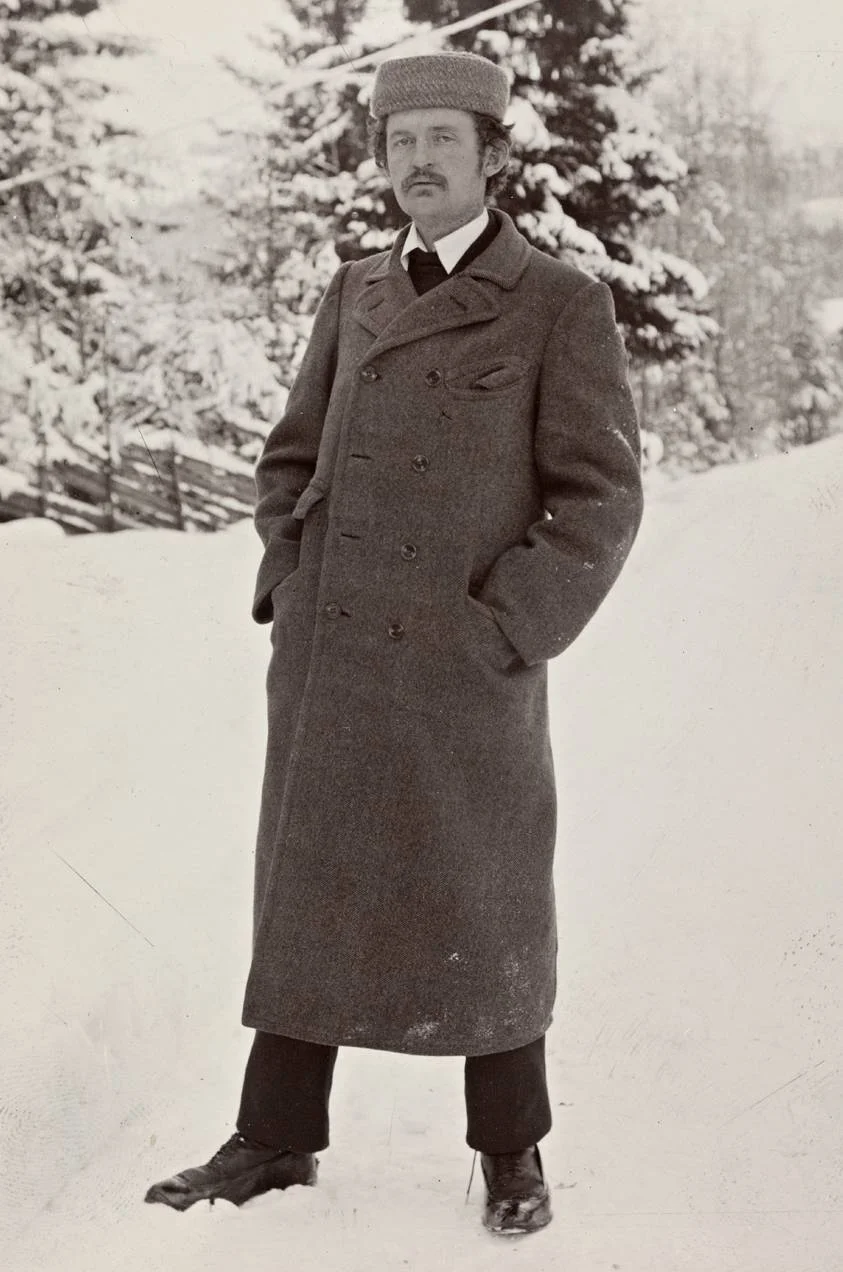
source: wikipedia.org
Edvard Munch
Birthday:
12 Dec, 1863
Date of Death:
24 Jan, 1944
Cause of death:
Lung disease
Nationality:
Norwegian
Famous As:
Painter
Age at the time of death:
80
Introduction: A Pioneer of Expressionism
Edvard Munch, a Norwegian painter and printmaker, is widely regarded as one of the pioneers of expressionism in modern art. Born in 1863 in Norway, his troubled childhood significantly influenced his artistic vision. His emotional depth and exploration of human experience shaped the world of modern art.
Early Life and Tragic Losses
In 1864, Edvard Munch’s family moved to Oslo. Just four years later, his mother passed away from tuberculosis, marking the first of several tragic losses in Munch’s life. In 1877, his sister Sophie also died from tuberculosis, and another sister battled mental illness throughout her life. These familial tragedies weighed heavily on Munch and profoundly influenced his artistic expression in later years.
Abandoning Studies for Art
Although Munch enrolled in a technical college in 1879, his passion for art led him to abandon his studies just one year later. In 1881, he entered the Royal School of Art and Design, where he began to make his mark on the art world. His personal experiences would greatly influence his works, as he explored themes of love, anxiety, alienation, death, and spirituality.
The Breakthrough: “The Scream”
Edvard Munch’s career breakthrough came in 1893 with his iconic painting “The Scream”. This masterpiece, also referred to as “The Cry”, depicted intense human anxiety and inner turmoil. In the painting, a distressed figure stands against a swirling, vibrant background, capturing the essence of existential dread.
“The Scream” resonated with audiences worldwide, catapulting Munch into superstardom and marking a turning point in his career. Today, it remains one of the most iconic and influential pieces of art ever created.
The “Frieze of Life” Series
Between 1889 and 1892, Munch entered a transformative period in his career, living primarily in France. During this time, he created a series of paintings known as the “Frieze of Life.” These works delved deeply into human emotions, exploring themes of despair, melancholy, anxiety, jealousy, and love. The emotional intensity and raw honesty present in these paintings set Munch apart as a visionary artist.
Notable Works: *Despair* and More
Among the notable works in the “Frieze of Life” series is *Despair*. In this painting, Munch captured the overwhelming sense of hopelessness experienced by individuals gripped by deep sorrow. His ability to visually communicate such raw emotion became a hallmark of his work, further cementing his reputation as a master of psychological depth in art.
Personal Struggles and Mental Health
Despite his success, Munch battled inner demons throughout his life. He struggled with alcoholism, which deeply affected his personal life and mental health. As his condition worsened, Munch sought treatment in a private sanitarium. This period of his life, while difficult, offered him time for reflection and healing.
Edvard Munch's Quote's
Final Years and Legacy
After leaving the sanitarium, Edvard Munch retreated to his estate near Oslo. He spent the final years of his life in isolation but continued to paint until his death in 1944 at the age of 80. Munch’s work, steeped in emotional intensity and profound personal experience, continues to resonate with audiences today. His contributions to expressionism and modern art have left an indelible mark on the art world.
Conclusion: A Lasting Impact
Edvard Munch’s life and work were defined by his ability to channel personal pain and universal human emotions onto the canvas. His exploration of themes like anxiety, death, and despair still influences artists and captivates viewers. Munch’s legacy endures, not just in his iconic works like “The Scream” but in his profound impact on the world of modern art.
Name:
Edvard Munch
Popular Name:
Edvard Munch
Gender:
Male
Cause of Death:
Lung disease
Spouse:
Place of Birth:
Ådalsbruk, Løten, Sweden–Norway
Place of Death:
Oslo, Norway
Occupation / Profession:
Personality Type
Mediator: Edvard Munch was guided by his intuition and curiosity to search for the true meaning of life.
Edvard Munch wasn’t always careful with his art. He sometimes stored his paintings outside his home.
Munch drew caricatures of people he considered his enemies in his notebooks.
He wrote a letter to Jens Willumsen where he conceptualized the idea of a cell phone.
Munch owned several handguns.
He was an avid photographer who took several selfies of himself.
Created “The Scream,” one of the most iconic paintings in modern art.
Awarded the Grand Cross of the Order of St Olav in Norway on his 70th birthday in 1933.
Pioneered Expressionist art from the beginning of the 1900s onward.
Developed innovative printmaking techniques, particularly in woodcuts.
Produced “The Frieze of Life,” a series of 22 paintings on themes of love and death.
Significantly influenced German Expressionism and other 20th-century art movements.
